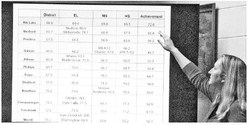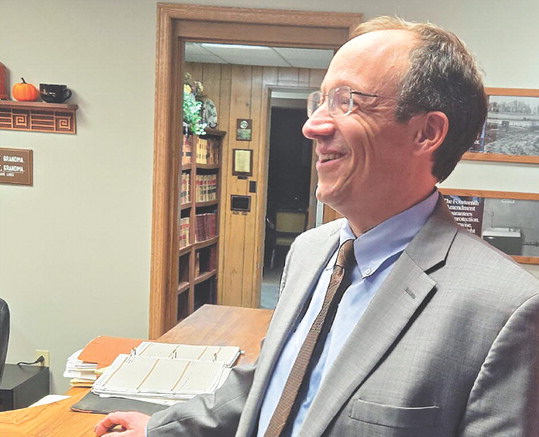State school report cards do more for politicians than parents


Last week, the Wisconsin Department of Pubic Instruction released its annual report cards for public schools across the state.
The state school report cards are a largely useless waste of taxpayer resources that do nothing to improve the education of children or educate parents about school options.
The primary beneficiaries of the annual report cards are paper pushing bureaucrats whose job it is to prepare them, politicians wanting to make speeches about holding public schools accountable, and for urban private school recruiters as a way to get parents to transfer out of “failing” inner-city schools.
As usual, the release of the report cards came with the annual warning from DPI and school officials not to read too much into them. Or at least to not focus too much on the large-print number or the number of stars on the front page without diving into the 14+ pages of supporting documents for those stars and numbers. Additional annual cautionary statements come from every local school official pointing out that the formulas used to weigh scoring areas make comparing one school district’s scores with another difficult at best.
For example, Rib Lake school district saw its achievement scores soar last year, but saw its state report card grade drop because as a high poverty school — as measured by the percentage of students getting free or reduced lunch — the state puts more weight on showing progress than on the actual achievement test scores. So consistently high-performing, but low income, school districts get lower state grades because of unrealistic and impossible to meet benchmarks.
Ratings are everywhere in society and are used by consumers to make a wide range of decisions, from choosing a restaurant to finding the safest vehicle for your family. The public is trained to think that a four-star rating is better than a one star rating, or that a score of 86 out of 100 is better than a score of 59 out of 100.
Despite appearing to offer parents that level of consumer information, everyone in education will tell you that is not how the report card number should be used, at least not in comparing one district to another.
When it comes to apples versus apples comparisons, about the best the state report cards can do is show how schools do when compared to others within that district. This works for places like Milwaukee, Madison, Green Bay or Racine that have multiple schools at each grade level, but is less relevant for the vast majority of Wisconsin school districts that might have one building or less each for elementary, middle and high school levels.
The state report cards do little to actually improve learning in the classroom and instead steal away resources and time from educators and districts. Schools use a host of real time assessment tests and tools to track and identify problems areas so that they may be addressed immediately.
Author and radio host Garrison Keillor described his fictional Lake Woebegon as being a place where “all the women are strong, all the men are good-looking, and all the children are above average.” The caution in that statement is the inherent bias people have to put their community, students and institutions on a pedestal whether or not they deserve to be there.
To the general public the obvious intent of the state issuing report cards is to provide an objective way to determine the difference between those schools that are succeeding and those that are failing. With ever-changing criteria for coming up with the scores, the state report cards fail miserably at doing this and are less than useless in comparing individual schools over time.
It is time for Wisconsin to scrap the current school report cards and replace it with a system that looks at existing widely used objective assessments and set metrics to measure success.



